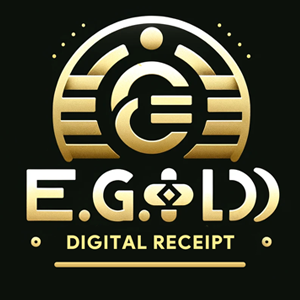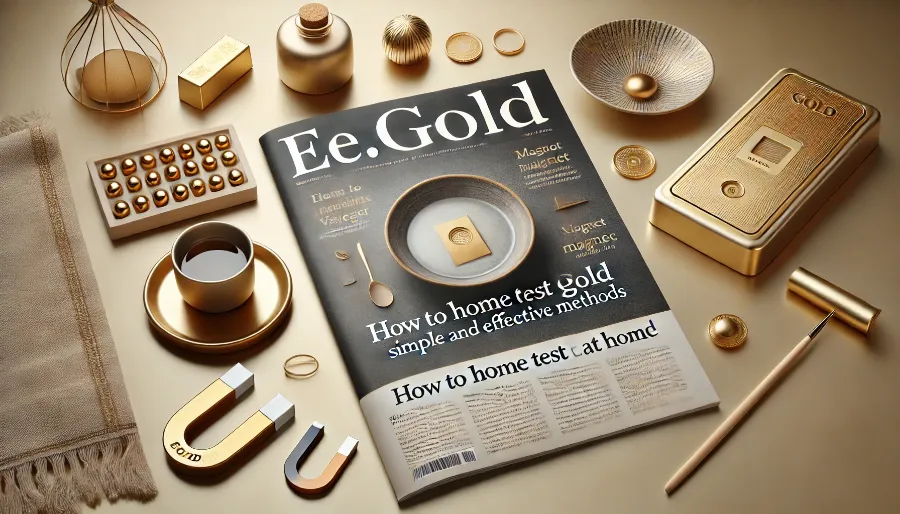
Gold is one of the most valuable and widely trusted assets in the world. However, with counterfeit and gold-plated items becoming increasingly common, knowing how to test gold at home is an essential skill. Using simple tools and household items, you can verify the authenticity of your gold without needing professional equipment. This guide provides step-by-step methods to help you confirm whether your gold is real.
Why Should You Test Gold at Home?
Testing gold at home is beneficial for:
- Avoiding Scams: Ensure you’re not purchasing counterfeit or low-quality gold.
- Protecting Your Investment: Confirm that your gold meets purity standards.
- Peace of Mind: Know the true value of your gold items.
What Tools Do You Need to Test Gold at Home?
Most of these tools are inexpensive and easy to find:
- A strong magnet
- White vinegar or lemon juice
- A ceramic plate (unglazed)
- A scale
- Water container
- Magnifying glass
- Gold testing kit (optional)
How to Test Gold at Home: Step-by-Step Methods
1. The Magnet Test
Real gold is non-magnetic, making this a simple and effective test:
- Bring a strong magnet close to your gold item.
- If the item sticks to the magnet, it’s likely fake or mixed with other metals.
- If it doesn’t react, it could be real gold.
2. The Vinegar Test
Acidic substances like vinegar can help verify gold’s authenticity:
- Place the gold item in a small bowl.
- Pour white vinegar over it, ensuring it’s fully submerged.
- Wait for 5–10 minutes.
- If the gold remains shiny and unaffected, it is likely real. If it discolors or tarnishes, it may not be pure gold.
3. The Ceramic Plate Test
This test works well to identify fake or plated gold:
- Use an unglazed ceramic plate or tile.
- Gently scratch the gold item across the surface.
- A gold streak indicates real gold, while a black streak suggests it’s fake or gold-plated.
4. The Float Test
Gold’s high density makes it sink in water:
- Fill a container with water.
- Drop the gold item into the container.
- If it sinks immediately, it’s likely real. If it floats or hovers, it’s fake or made of lighter metals.
5. The Weight Test
Gold has a specific density of 19.32 g/cm³:
- Weigh your gold item on a precise scale.
- Compare its weight to a genuine gold item of the same size and design.
- If the weight matches, it could be authentic gold.
6. The Acid Test
Gold testing kits include acids to test various karat levels:
- Apply a drop of acid to the gold item.
- Observe the reaction to determine its purity or authenticity.
- Follow the kit instructions carefully to avoid damage.
Common Signs of Fake Gold
- Magnetic Properties: Genuine gold is non-magnetic, so any magnetic reaction is a red flag.
- Tarnishing: Real gold does not tarnish or corrode, even after prolonged exposure to air or water.
- Light Weight: Fake gold is often lighter than real gold due to the use of less dense metals.
- Discoloration: Counterfeit gold may reveal a different metal underneath when scratched or exposed to acids.
Who Should Use These Home Testing Methods?
Home gold testing is suitable for:
- Jewelry Buyers verifying their purchases.
- Collectors ensuring the authenticity of rare items.
- Inheritors checking the value of inherited gold.
When Should You Test Gold at Home?
It’s essential to test gold in these situations:
- Before purchasing gold from an unfamiliar source.
- After receiving gold as a gift or inheritance.
- When planning to sell or appraise gold items.
How to Protect Your Gold Investment
After confirming the authenticity of your gold, follow these tips to maintain its value:
- Store Securely: Use a fireproof safe or bank locker to protect your gold.
- Clean Carefully: Use mild soap and water with a soft cloth to clean gold. Avoid harsh chemicals.
- Avoid Scratching: Handle your gold items gently to preserve their condition.
FAQs About Home Gold Testing
Can I test gold jewelry with gemstones?
- Yes, but avoid using acids or abrasive methods that may damage the stones.
What is the easiest gold test for beginners?
- The magnet and float tests are simple and require minimal tools.
Can real gold have slight magnetic properties?
- No, pure gold is entirely non-magnetic.
Is the vinegar test safe for all gold items?
- Yes, but avoid prolonged exposure to prevent damage to non-gold components.
How accurate are home gold tests?
- They are effective for detecting fake gold but may not determine exact purity.
Does real gold always sink in water?
- Yes, real gold will sink due to its high density.
Can I use lemon juice instead of vinegar?
- Yes, lemon juice works as an alternative acidic substance.
How do I test gold-plated items?
- Use the ceramic plate or acid test to identify gold plating.
Should I test gold coins the same way as jewelry?
- Yes, but handle collectible coins carefully to avoid scratches.
What should I do if my gold fails the tests?
- Consult a professional jeweler or testing service for further evaluation.
Why Testing Gold at Home Matters
Home testing your gold provides peace of mind and ensures you’re getting the value you deserve. By using these simple methods, you can quickly identify fake gold, verify authenticity, and protect your investments.
Whether you’re a collector, investor, or casual gold buyer, these DIY techniques empower you to make confident decisions and enjoy the timeless value of genuine gold.
How to Sell Gold After Home Testing
Once you’ve confirmed your gold’s authenticity through home testing, you might consider selling it for profit or liquidity. Here’s how to do it effectively:
Research Market Prices
Monitor the current gold market rate to identify the best time to sell.Choose Trusted Buyers
Sell your gold to reputable buyers, such as certified gold dealers, jewelers, or online bullion platforms.Prepare Documentation
Having proof of authenticity, such as receipts, assay certificates, or professional appraisals, can increase buyer confidence.Compare Offers
Get quotes from multiple buyers to ensure you receive the best price for your gold.Secure the Transaction
Choose a safe, reliable method for completing the sale, whether in person or through a trusted platform.
How Home Gold Testing Complements Professional Appraisals
While home tests are effective for identifying fake gold, they are not a replacement for professional appraisals. A jeweler or bullion expert can:
- Determine Purity: Accurately assess karat levels and overall quality.
- Provide Documentation: Issue certificates for resale or insurance purposes.
- Appraise Value: Offer an expert evaluation of your gold’s market worth.
DIY Gold Testing vs. Professional Testing
| Aspect | DIY Home Testing | Professional Testing |
|---|---|---|
| Cost | Free or low-cost | May involve fees |
| Accuracy | Good for basic authenticity checks | Highly precise for purity and value |
| Convenience | Done at home | Requires visiting a professional |
| Ideal For | Quick checks, identifying counterfeits | Detailed appraisals, high-value gold |
The Role of Technology in Gold Testing
Advances in technology are making gold testing more accessible and accurate:
- Gold Testing Kits: Affordable kits include acids and tools for determining karat levels.
- Mobile Apps: Some apps can scan hallmarks or guide you through testing steps.
- Portable Devices: Handheld XRF analyzers provide quick and non-destructive testing for purity.
How to Avoid Counterfeit Gold
In addition to home testing, consider these tips to avoid fake gold:
- Buy from Reputable Sellers: Choose certified dealers with a strong reputation.
- Verify Hallmarks: Ensure the gold has appropriate stamps for purity and weight.
- Demand Documentation: Always ask for certificates of authenticity or assay reports.
The Growing Importance of Gold Testing in 2025
With the increasing prevalence of counterfeit gold, knowing how to test gold at home is becoming more crucial. As economic uncertainty drives demand for gold, counterfeiters are also improving their techniques. Learning DIY gold testing methods helps:
- Protect Your Investment: Ensure you’re not overpaying for fake or low-quality gold.
- Empower Your Decisions: Make informed choices when buying or selling gold.
- Preserve Value: Identify genuine gold to maintain its market worth.
FAQs Continued
- What if my gold passes some tests but fails others?
- It might be gold-plated or mixed with alloys. Consult a professional for clarification.
- Can I use at-home methods on white gold?
- Yes, but white gold’s alloy composition may require additional testing to confirm purity.
- Is the scratch test safe for antique gold?
- Avoid scratching valuable antiques; use non-invasive methods like the magnet or float test.
- Can gold be magnetic if it’s alloyed?
- Pure gold is non-magnetic, but certain alloys may exhibit slight magnetic properties.
- Are gold testing kits accurate?
- Yes, they are reliable for determining purity levels when used correctly.
Final Thoughts: Why Home Gold Testing is Essential
Testing gold at home is a valuable skill that empowers you to protect your investments and make informed decisions. By using simple methods like the magnet test, vinegar test, and ceramic plate test, you can quickly verify the authenticity of your gold and ensure you’re getting the value you deserve.
Whether you’re buying, selling, or simply verifying heirlooms, these DIY techniques provide peace of mind and confidence in your gold ownership. Start testing your gold today and enjoy the security of knowing you own genuine, valuable assets.
NOTE
This Content is the copyrighted content of EE.GOLD. All rights are reserved. You are welcome to share or use our content only by including direct links to our website. Any other form of reproduction, distribution, or use without proper attribution is strictly prohibited.
This Content is intended solely for educational purposes. The information provided does not constitute financial or investment advice.
Please note that Digital Storage Receipt, Secure Storage Solutions, and Physical Gold Sales are the only services offered by EE.GOLD.
We strictly adhere to government regulations and are firmly against all illegal financial or investment activities globally.
For further inquiries, feel free to contact us through our official channels.

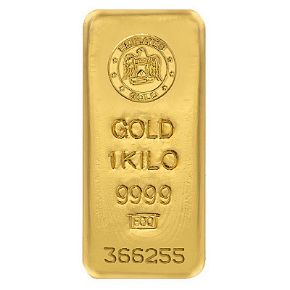
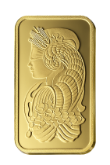





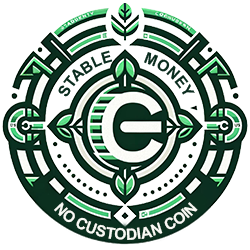

.png)

